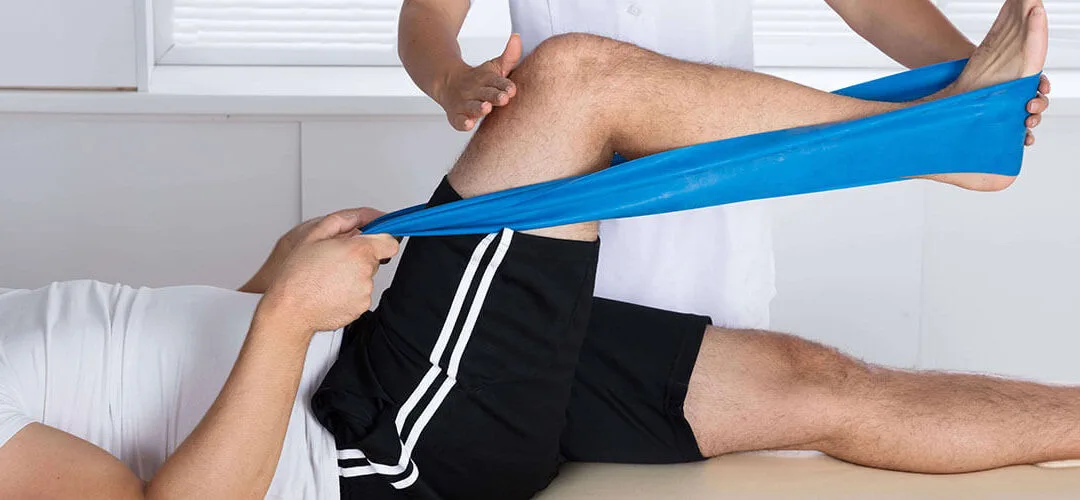When one experiences physical pain due to a medical condition or an injury, physical therapy is one of the most recommended forms of treatment. Depending on the type of illness or severity of the injury, physical therapy can be done, either as complementing treatment, or the full stand-alone treatment, beginning from the diagnosis.
Physical therapy is done to restore the normal functions, post-surgery or post-injury, and bring back the quality of life for the patient. It aims to reduce pain and improve the functions of basic movements that were affected by the illness or injury. It can help in preventing further injuries by increasing flexibility and mobility, recovering from childbirth, controlling bowel or bladder functions, and adapting to using an artificial limb.
But a lot of people are still hesitant in undergoing physical therapy, as they think that it may cause further pain and discomfort to the pain they are already experiencing. This is a common misconception. There are seven things that your PT wants you to know the pain that happens after a therapy session:
- Physical therapy is done by qualified licensed professionals who specialize in physiotherapy. Physical therapists (PT) can perform the evaluation, design the treatment plan, and apply the actual treatments on the patient, through different techniques and modalities appropriate for each case. Their aim is to determine the source of the pain, and then relieve the patient from it.
- The body takes time to heal from an injury or a surgery. The first days and weeks would often be painful as the body goes through the process of healing, and this pain is already present prior to a physical therapy treatment.
- At the start of the therapy sessions, the PT will recommend doing exercises that will increase the range of motion to help restore the normal mobility or ability of the affected area. This may feel uncomfortable in the beginning, but as the patient gets used to it, the discomfort decreases over time.
- The pain or soreness experienced after a therapy session is considered a “good” type of pain. The soreness after an exercise is the result of the muscles getting stretched as they regain movement after being limited for some time. As the exercises are being done, it may render the muscle fatigued or overloaded. When done regularly, the muscles get used to it, thus it gets more strengthened and thus, normal functions are progressively restored.
- The pain or discomfort after a therapy as part of the strengthening process is short-term and clears up for the next 24 to 48 hours. The patient then is able to move and function better.
- To manage the discomfort or soreness, the PT can recommend a remedy known as R.I.C.E. This acronym refers to the following: Resting the joint, putting Ice over the area, Compressing by putting on wraps or bandage, and Elevating the area above the heart level. These should reduce the pain and swelling.
- Communicating openly with the PT if the pain is rather sharp or is persistent and doesn’t go away even if warm-up or remedy is applied. The PT is more than willing to modify the treatment plan if needed, but at the same time still push beyond and challenge the possible physical limits.
- Keep in mind that continuing with your treatment plan and exercises is essential towards full rehabilitation. Consistently doing the exercises, including those to be done at home, will complement the total program towards well-being and recovery.
Contact Tribeca Physical Therapy today for more information on how to understand the techniques and modalities being done, and how potential pain or discomfort can be managed.



